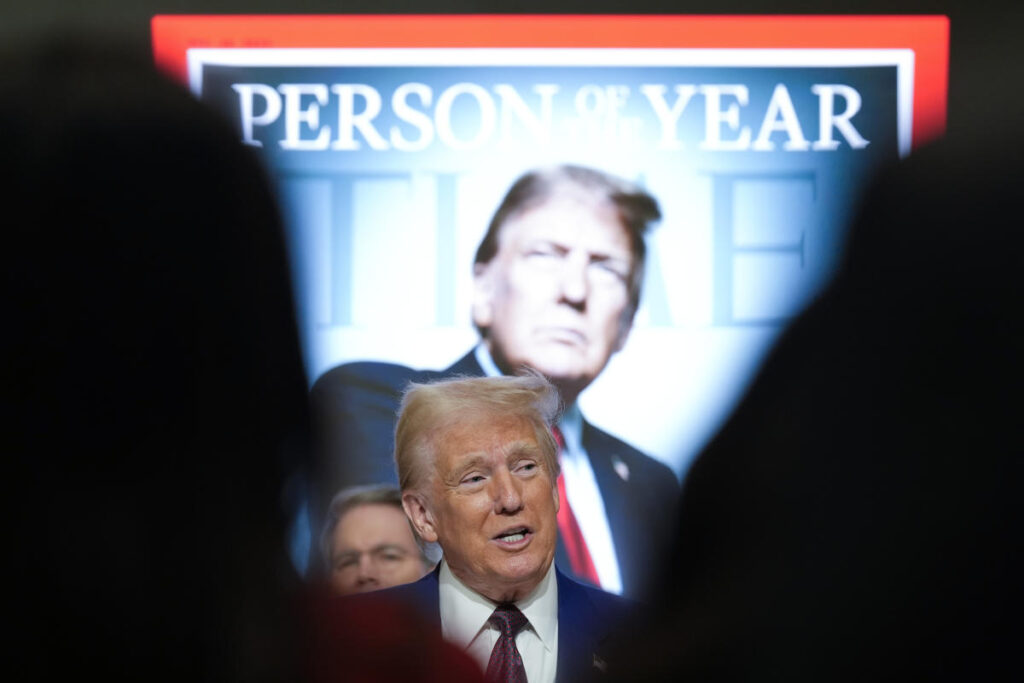President-elect Donald Trump has declared his intention to abolish daylight saving time (DST) upon returning to office, stating on his social media platform that the Republican Party will make it a priority to eliminate the practice. He argues that while DST has a dedicated but limited following, it is ultimately inconvenient and costly for the nation. The biannual practice of adjusting clocks—setting them forward in spring and back in fall—was originally introduced during World War II to make better use of daylight in the warmer months. However, it has faced significant scrutiny over the years.
The concept of daylight saving time has been debated by lawmakers for decades, with numerous proposals put forth to end the time changes altogether. One notable recent effort was the Sunshine Protection Act, a bipartisan bill designed to make DST permanent, which never advanced through Congress. Sponsored by Florida Senator Marco Rubio, who has been selected by Trump for a cabinet position, the bill aimed to eliminate the biannual clock adjustments. Supporters, such as Republican Senator Rick Scott from Florida, claim that changing the clocks twice a year is an outdated practice that no longer serves its original purpose.
Health experts have taken a strong stance against the continuance of daylight saving time, suggesting that the focus should instead be on making standard time permanent. Various health organizations, including the American Medical Association and the American Academy of Sleep Medicine, argue that reverting to standard time would better align with natural daylight cycles and human biology. They raise concerns about the negative effects that clock changes can have on sleep patterns and overall health, indicating that too much disruption can lead to increased incidents of sleep disorders and other health issues.
The debate surrounding daylight saving time is not just limited to its effectiveness; it also involves the recognition that most countries around the globe do not implement this practice. The few nations that do vary in the dates they observe DST, resulting in a complicated set of time differences and potential confusion for those who travel or conduct business across borders. In the United States, only a handful of states—most notably Arizona and Hawaii—do not participate in clock changes, raising questions about the uniformity of the system.
As states and lawmakers grapple with these issues, the public’s opinion on daylight saving time remains split. Proponents argue that longer evenings result in increased leisure and tourism opportunities, while opponents emphasize the disruption and inconsistencies created by time changes. Continued discussions around consumer satisfaction, economic implications, and health risks highlight the complexities of a practice that seemingly divides rather than unites public opinion.
Ultimately, the future of daylight saving time may hinge on ongoing dialogues and legislative efforts to settle the controversy once and for all. With Trump’s commitment to this issue, the spotlight may finally shine on a long-debated practice that affects millions, prompting further evaluation of its relevance in our modern, fast-paced society. As health considerations gain prominence in public policy discussions, the fate of daylight saving time could very well shift toward its abolition, as the country seeks to align more closely with the needs of its citizens and the demands of a 24/7 world.

